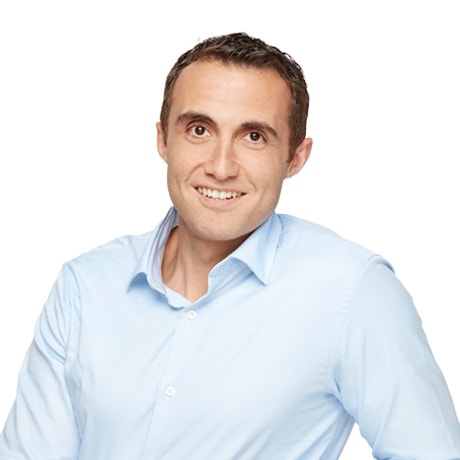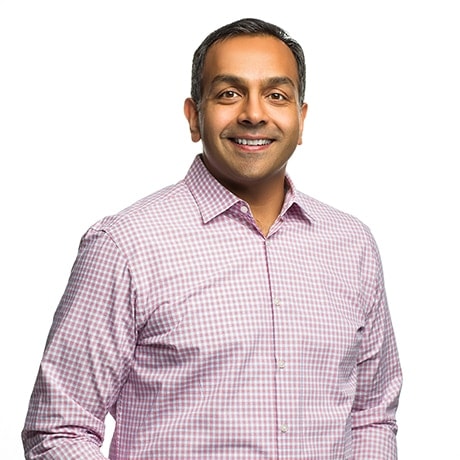2021 began as a year of fresh starts. Although we faced ongoing challenges, we teamed with our founders and CEOs to offer guidance and help them grow their businesses.
We made 110 new and follow-on investments in a wide range of incredible companies across the consumer, enterprise, and healthcare sectors. Catch the highlights of 2021, including the most popular blogs, on our annual Year in Review site here.
Additionally, several of our portfolio companies announced significant liquidity events including Udemy (NASDAQ: UDMY), Talkspace (NASDAQ: TALK), Agari (acquired by HelpSystems), Devoro Medical (acquired by Boston Scientific), Envisage Technologies (acquired by Vector Solutions), Galvanize (acquired by Diligent), VisitPay (acquired by R1), Five Star Business Finance (announced IPO), Dave (announced SPAC), Grove Collaborative (announced SPAC), Vuori (investment by SoftBank) and YipitData (investment by Carlyle).
As we head into a new year, our investors are looking at the market landscape and considering the drivers that will shape the future of the industries they focus on. They have their eye on the trends that matter, from measuring carbon footprint, to the accessibility of cryptocurrency, to acquiring and retaining talent and more. Read on to get their insights for 2022 and beyond!

Dave Zilberman, General Partner
As companies begin to embrace achieving carbon net-zero targets, the tools and solutions necessary to track and report on carbon utilization will be critical. Marketing to achieve net-zero will require a wide array of tools to track and report. Many companies focus on greenhouse gas (GHG) scope 1 and 2, but achieving scope 3, which is the far greater percentage of carbon emissions, is very hard and nebulous to track.

Lisa Wu, Partner
The pandemic has pulled forward years of digital health adoption for all stakeholders: consumers, employers, providers, payors and regulators. In 2022, there will be a greenfield opportunity in the market for companies that offer “whole body care” in a way that point solutions have failed to adequately address to date. We’ll start to see products, services and platforms that address the multidimensional aspects of a person including their physical, mental, emotional, social and spiritual needs. Companies that nail the consumer brand, enterprise and payor strategies will win big.

Ed Yip, Partner
Crypto moves into the mainstream consumer mass market with increasingly accessible exchanges, ETFs, secure custodial solutions, insurance and infrastructure tools. Volatility continues but skeptical consumers flock to crypto assets driven by speculation, inflation concerns and greater legitimacy with corporations and governments.

Parker Barrile, Partner
We’re transitioning from an era of tools to an era of solutions. Buyers want end-to-end solutions that fundamentally take work off their plate. For example, a rental car is a tool but you still have to navigate, drive, park — whereas Uber is a solution. Same for B2B. There’s a new class of companies that combine software and people to solve problems. Take Karat, which conducts technical interviews for its clients. They solve a big pain point for engineering teams by freeing developer time for feature work and making the hiring process more consistent. In 2022, we’ll see a surge of solution-driven products and platforms.

Rama Sekhar, Partner
The lines between enterprise and consumer are blurring and in 2022 we will see infosec and cybersecurity startups jump on board the product-led growth (PLG) train. To stand out in the crowded market, cyber startups must adopt a PLG mindset, doubling down on design, aesthetics and UX to drive customer acquisition, conversion and expansion. Areas that I believe are ripe for this include developer security, developer-oriented SaaS and cloud security.

Priti Youssef Choksi, Partner
In 2022, consumer brands will need to rethink how they can reach customers with less data and fewer audience matching tools due to the recent privacy and ad targeting changes from Apple and Facebook. We’re going to see customer acquisition costs continue to go through the roof, forcing brands to get creative with guerilla marketing tactics and shift spending to alternative media channels such as traditional OOH advertising, podcast sponsorships, and streaming TV ads.

Ran Ding, Partner
Demand for talent is at an all-time high in all industries, and WFH has provided employees with significantly greater choice in where and how they work. Thus, it will become increasingly important for companies to not just be financially successful but also to have a distinct position on mission and impact. Having clear alignment with employees on social, environmental and other goals will significantly advantage companies in recruiting and retaining top talent.

Scott Beechuk, Partner
The third wave of e-commerce platforms is finally here and “headless commerce” (aka modular commerce) architecture will lead the way for the future of retail. You’re going to see platforms like Fabric help retailers level the playing field and compete with Amazon by enabling capabilities like one- or same-day shipping by decoupling the entire logistics stack, opening up to more modern logistics processes.
